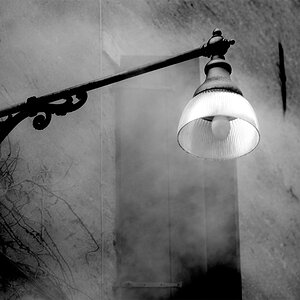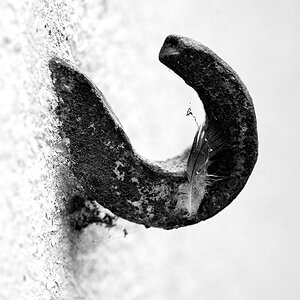shingfan
TPF Noob!
- Joined
- Dec 29, 2006
- Messages
- 569
- Reaction score
- 0
- Location
- Toroto, ON
- Can others edit my Photos
- Photos OK to edit
i like to clarify something about shutter speed...the rule about shutter speed being 1/focal length(*1.5 for digital)....this rule is mainly a general rule for hand shake prevention right?.....and to freeze motion.....i'll need to consider how fast the object is moving relative to its size in the frame...is this correct?..If so, what kind of shutter speed would you need to capture the following (the object being about 20%-30% size of the frame).....
1) person walking
2) person running
***i guess i can probably do the math as well with a calculator and pen......but i just like to make sure my understanding is correct first
say if i have a VR lense that allow me to do 200mm at 1/100 without blurness on still object....i can use that on a walking speed object and freeze motion (if 1/100 is fast enough to freeze motion...havent done the math yet....but shoudl be a relatively simple trig. problem)
1) person walking
2) person running
***i guess i can probably do the math as well with a calculator and pen......but i just like to make sure my understanding is correct first
say if i have a VR lense that allow me to do 200mm at 1/100 without blurness on still object....i can use that on a walking speed object and freeze motion (if 1/100 is fast enough to freeze motion...havent done the math yet....but shoudl be a relatively simple trig. problem)




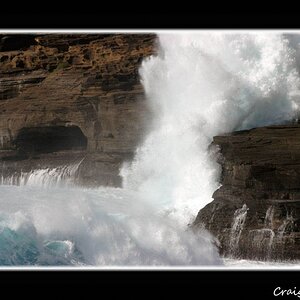
![[No title]](/data/xfmg/thumbnail/37/37521-5e19cc15e190997d963ed09c3c13ca9c.jpg?1619738129)
![[No title]](/data/xfmg/thumbnail/31/31011-439c1242fe08cf6b54f32bf06523a567.jpg?1619734567)
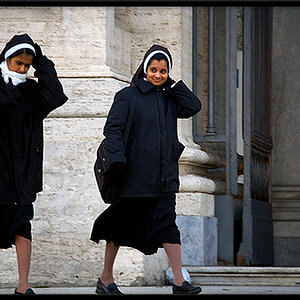
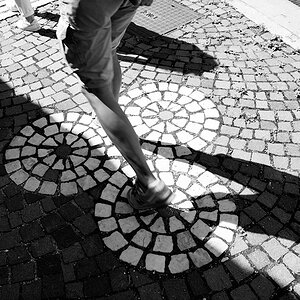
![[No title]](/data/xfmg/thumbnail/34/34060-c81fb16d207094738be9b89a70ae1331.jpg?1619736258)


